April 14, 2025 | 05:59 GMT +7
April 14, 2025 | 05:59 GMT +7
Hotline: 0913.378.918
April 14, 2025 | 05:59 GMT +7
Hotline: 0913.378.918
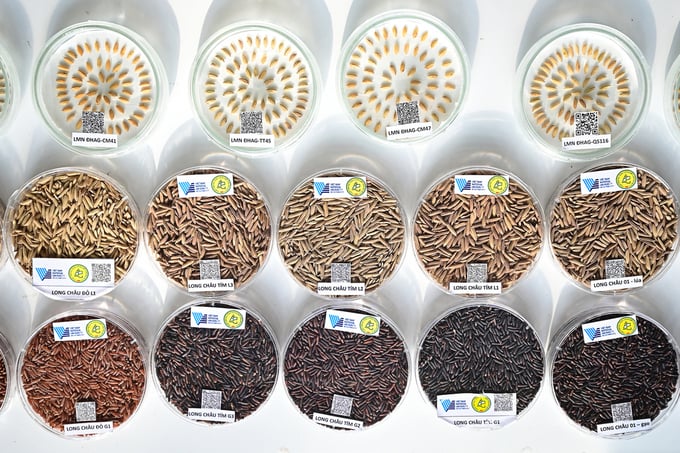
Research products facilitate high-quality, low-emission rice production at An Giang University. Photo: Tung Dinh.
The forum, chaired by Minister of Agriculture and Rural Development Le Minh Hoan and Deputy Minister Phung Duc Tien, was convened to implement the Prime Minister's policies to promote the science and technology market.
Minister Le Minh Hoan highlighted that while scientists have been actively researching and developing valuable scientific and technological products in agriculture, many of these innovations have yet to reach potential users due to information gaps. Enterprises and cooperatives express a strong demand for these products but often lack awareness of how to access them.
Hence, the forum aims to bridge this information gap between research units and potential users of scientific and technological products. This initiative will facilitate greater visibility and ensure that these products meet market demands.
Moreover, the event fosters enhanced interaction, enabling scientists, institutes, and schools to align their research with societal needs. This collaborative approach helps refine scientific and technological products to effectively serve the market.
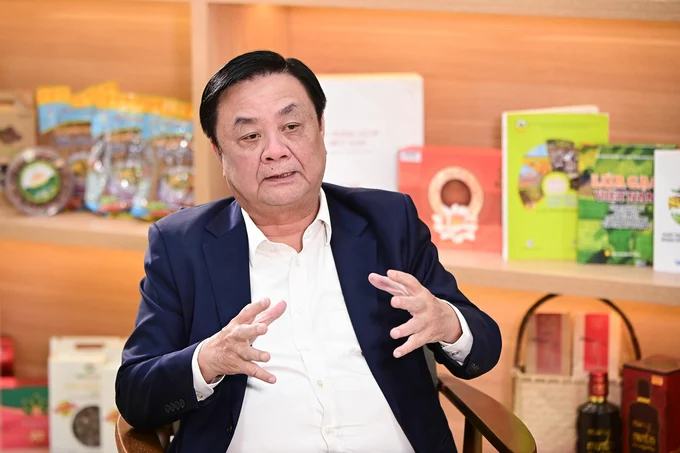
Minister Le Minh Hoan emphasized the necessity of strengthening the interaction between supply and demand for science and technology products in agriculture. Photo: Tung Dinh.
Historically, when a scientific or technological product was developed, it typically underwent evaluation by a review council. However, significant gaps often persisted between the acceptance process and practical application.
"The forum aims to bridge these gaps by engaging stakeholders to contribute ideas and insights into research topics, ensuring the feasibility and market readiness of the products," stressed the Minister.
Increased dialogue and exchange will ensure that research topics are not only theoretically robust but also applicable under practical conditions at reasonable costs.
Localities can enhance policies and support mechanisms through local enterprises and cooperatives to ensure that science and technology products reach end-users. This approach provides opportunities for local enterprises and cooperatives to access, collaborate on, and acquire copyrights for science and technology products, thereby fostering dynamic local development.
Minister Le Minh Hoan assessed that in practice, many localities lack a clear understanding of enterprises' and cooperatives' demand for science and technology products. Even when demand is recognized, they often struggle to identify suitable products to meet production needs.
The Forum provides a shared platform where all selected and highly feasible science and technology products are showcased. This facilitates better interaction between those seeking these products and those offering them, ensuring that scientific and technological advancements are not confined to theoretical concepts but are actively applied, benefiting both researchers and end-users.
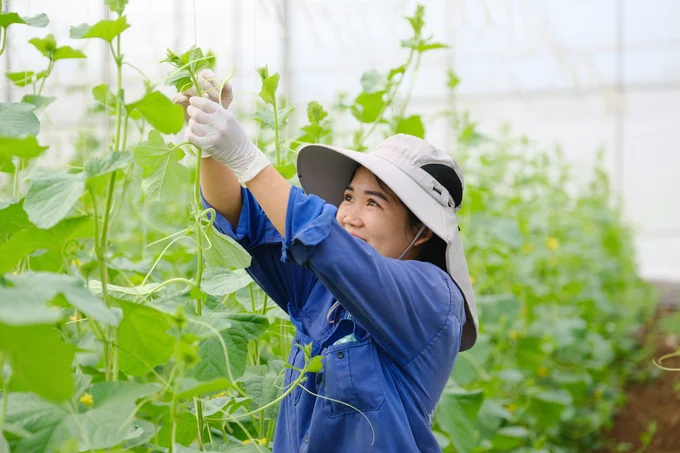
Connecting supply and demand will expedite the practical application of science and technology products. Photo: Quynh Chi.
Through the Forum, the Ministry of Agriculture and Rural Development, along with related ministries, can identify and understand the barriers preventing science and technology products from reaching their intended users.
"These barriers may include issues related to intellectual property rights, copyrights, or the reimbursement mechanism for research investment budgets. Addressing these bottlenecks is crucial to fostering greater enthusiasm and commitment among scientists, leading experts, institutes, and schools," emphasized the Minister.
Enhancing the connection between supply and demand will enable science and technology products and valuable solutions to reach fruition through adjustments and interactions facilitated within the Forum.
"To thrive in a market economy, including the science and technology sector, scientists must cater to market demands. Every market thrives on the interaction between supply and demand. By better understanding market needs, scientists, institutes, and schools can align their research efforts accordingly," Minister Le Minh Hoan concluded.
On the afternoon of July 10, the Ministry of Agriculture and Rural Development organizes a forum to connect agricultural science and technology products with businesses, cooperatives, and the public. Minister of Agriculture and Rural Development Le Minh Hoan and Deputy Minister of Agriculture and Rural Development Phung Duc Tien co-chair the forum.
Attending the forum are leaders of units under the Ministry of Agriculture and Rural Development, research institutes, schools affiliated with the Ministry, enterprises, cooperatives, and international organizations related to the agricultural sector. The forum is conducted in a question-and-answer format, directly addressing queries from delegates. Reports are presented, introducing the Ministry's policies for encouraging research and innovation in science and technology, showcasing the achievements, and highlighting successful examples of science and technology product transfers into production.
Translated by Quynh Chi
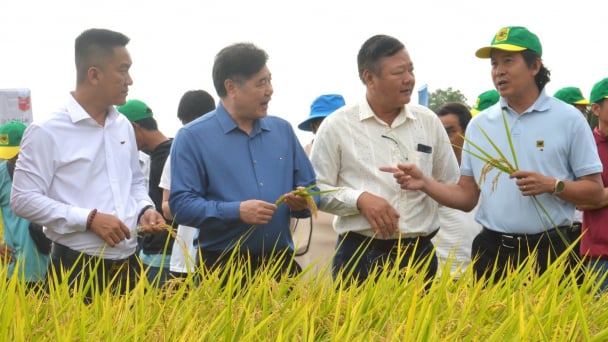
(VAN) The results from pilot fields are catalyzing the expansion of the One million hectares of high-quality, low-emission rice project in Kien Giang.
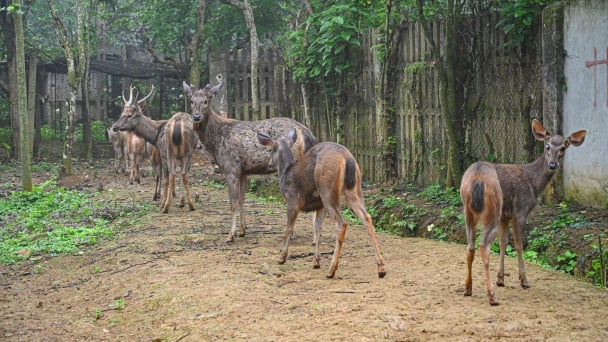
(VAN) On the morning of April 11, Cuc Phuong National Park received 18 individuals of endangered and rare wild animals from Da Nang city.
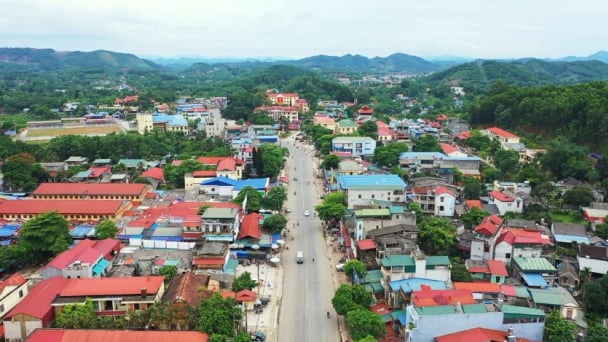
(VAN) FAO supports Vietnam in enhancing survey sampling techniques for the 2025 nationwide agricultural and rural census.

(VAN) By participating in the green transition, manufacturers become an indispensable part of the circular economy, contributing to resource optimization and environmental protection.
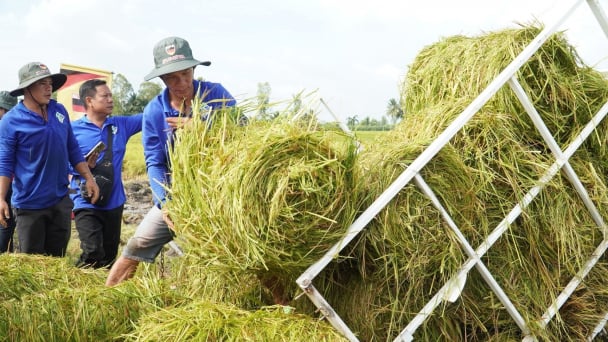
(VAN) The One Million Hectares of High-Quality and Low-Emission Rice Program can generate nearly 14 million tons of straw annually, posing an urgent requirement to diversify straw-based products.
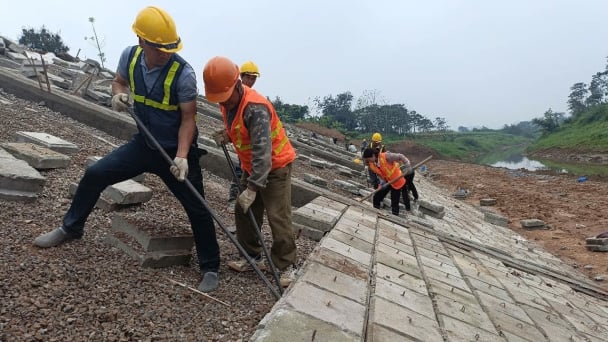
(VAN) This figure was recently announced at a conference held in Yen Bai, focusing on climate-resilient infrastructure development for ethnic minority regions.
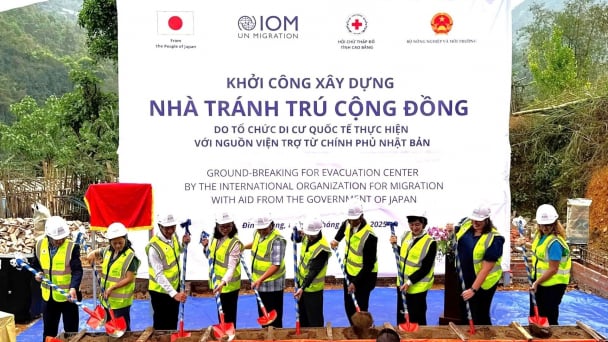
(VAN) The evacuation center is a practical work in efforts to respond to natural disasters and adapt to climate change in vulnerable areas.